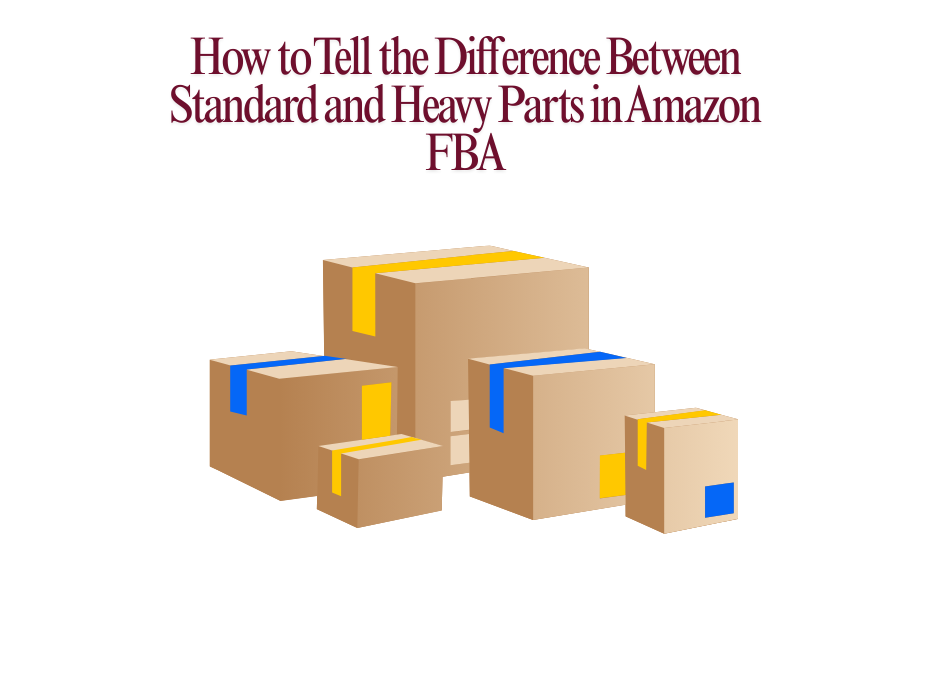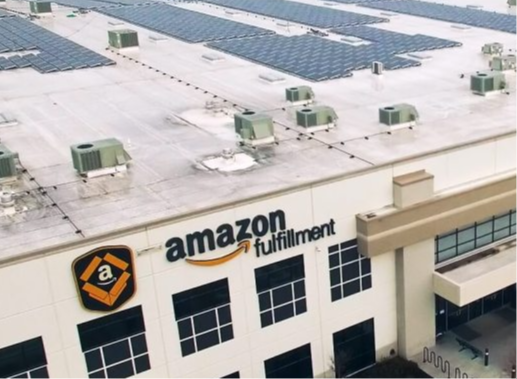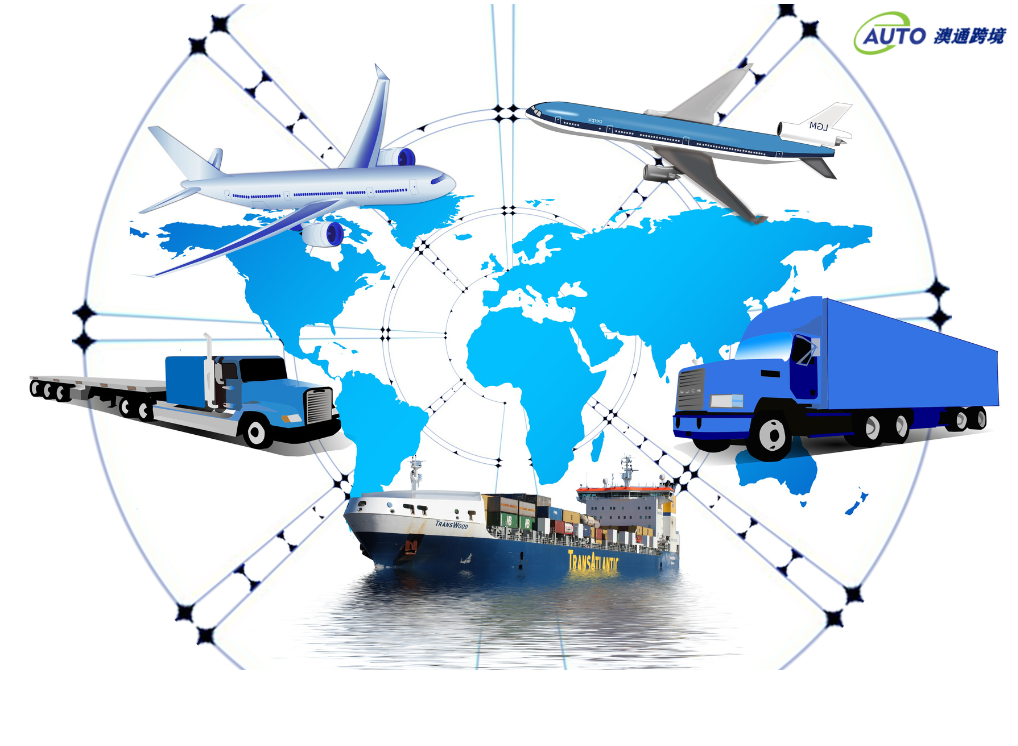FBA LCL Quote
FBA 40HQ FCL Quote
As a logistics expert with years of experience, I have helped countless businesses navigate the complexities of U.S. overseas warehouse transshipment services.
If you're wondering, “What is the cost structure of U.S. overseas warehouse transshipment services?” , you're in the right place.
In this article, I'll break down these costs in a clear and easy-to-understand way, offering practical insights based on my experience.
Whether you're a seller shipping to Amazon FBA or running an e-commerce business, understanding these fees will help you save money and avoid headaches.
Let’s dive into the key components of this cost structure.
What is Overseas Warehouse Transshipment?
In simple terms, overseas warehouse transshipment is a logistics solution where goods are transported from the origin country (e.g., China) to a warehouse in the U.S., temporarily stored, and then shipped to the final destination—usually an Amazon warehouse or directly to customers.
This method significantly optimizes supply chains, but without a solid understanding of the cost structure, expenses can quickly add up.
Let’s break it down, based on current industry data and trends.
First-Stage Shipping Costs (Freight Charges)
The journey of goods starts with shipping from the origin (e.g., China) to a U.S. overseas warehouse.
This cost, known as first-stage shipping, varies depending on the shipping method (sea freight, air freight, etc.), the weight and volume of the goods, and the destination port.
For example, shipping a 20-foot container from Shanghai to Los Angeles in 2023 cost around $3,000 to $5,000, though prices fluctuate based on market conditions.
From my experience, choosing the right shipping method is crucial for controlling your budget.
Storage Fees
Once the goods arrive at the warehouse, storage fees are applied. These fees depend on the space your goods occupy (measured in cubic feet or cubic meters) and the storage duration, usually charged daily or monthly.
Some warehouses offer free short-term storage, which can be beneficial.
For example, storage costs might range from $0.5 to $1 per cubic foot per month.
I’ve helped clients reduce these costs significantly by speeding up inventory turnover.
Outbound and Transshipment Fees
When goods are ready to leave the warehouse—such as being sent to an Amazon FBA center—there are outbound and transshipment fees.
This includes handling fees and transportation costs to the next destination.
For instance, shipping a pallet from California to Nevada via land transport might cost $150 to $200.
Time plays a key role here, as expedited services could double the costs.
Repackaging and Labeling Fees
If re-packaging or re-labeling is required for FBA compliance, this adds to the costs.
These fees cover materials (such as boxes, labels) and labor.
For example, re-labeling 100 products at $0.5 per item would total $50.
I've advised clients to label items in advance to avoid these extra charges.
Management and Labor Costs
The daily operations of a warehouse involve management and labor costs, which cover inventory tracking, order processing, and related tasks.
Some providers charge per operation (e.g., $1 per order), while others include these costs in fixed rates.
This is a small price to pay for ensuring smooth operations.
Delivery Costs
The final step is shipping goods from the warehouse to the ultimate destination (e.g., Amazon centers or directly to customers).
Delivery costs vary depending on the carrier, speed, and distance.
Standard shipping might cost $10 to $15 per order, with expedited options ranging from $20 to $25.
I often recommend that clients carefully choose delivery methods based on their needs.
Special Service Fees
Occasionally, additional services are required, such as handling returns, inspecting goods, or re-labeling.
These special service fees are charged based on the complexity of the task.
For example, handling returns could cost $2 to $3 per item.
I’ve seen sellers save costs by implementing pre-shipment quality control to reduce returns.
SKU Measurement Fees
To calculate storage and handling costs, warehouses may measure the dimensions and weight of each SKU.
This is typically a one-time SKU measurement fee, usually $5 to $10 per SKU.
It’s a small cost but ensures accurate fee calculations.
Sorting and Packing Fees
If the warehouse fulfills orders (e.g., dropshipping), there are sorting and packing fees.
These cover picking, packing, and preparing for shipment.
Typically, these fees are $2 to $3 per order, plus $0.5 to $1 per item.
For high-volume sellers, these costs can add up quickly, so optimizing the packing process is crucial.
Why Do Fees Vary? What Does This Mean for You?
Different overseas warehouse service providers have varying pricing models.
Some may waive initial fees or offer storage discounts, while others bundle services into fixed rates.
I’ve seen providers reduce first-stage shipping fees for bulk shipments or offer free labeling for new clients.
Therefore, it’s essential to compare different options. As a seller, you need to find a provider that fits your budget and business goals.
Trust me, spending time on this selection process can save you thousands of dollars.
Cost Optimization Tips
Based on my experience, here are some money-saving tips:
Prioritize Sea Freight Over Air Freight : Sea freight is typically more cost-effective for large shipments. For example, a 20-foot container might cost around $3,000 by sea, but air freight could exceed $10,000.
Speed Up Inventory Turnover : Reducing the time goods stay in the warehouse can lower storage fees.
Label in Advance : If possible, label items before shipment to avoid extra charges.
Negotiate Bulk Discounts : For large shipments, negotiate transportation or storage discounts with your service provider.
Consolidate Shipments : Combining multiple smaller shipments into one larger shipment can help reduce first-stage shipping costs.
FAQs
What is the average monthly cost of using overseas warehouse transshipment services?
For small to medium-sized businesses, the monthly cost typically ranges from $1,000 to $10,000, depending on the scale of operations and needs. This includes shipping, storage, and basic processing fees. Additional services can increase costs.
How can I lower these costs?
Speed up inventory turnover to reduce storage fees, negotiate bulk discounts, choose sea freight over air freight, and consolidate shipments to lower first-stage shipping costs. These are methods I frequently use with clients.
What hidden fees should I watch out for?
While most providers are transparent about their fees, be sure to inquire about any late pickup penalties or order cancellation fees. I always recommend reading the fine print in contracts to avoid unexpected expenses.
How do service providers’ fee structures differ?
Some focus on low storage fees but higher handling costs, while others offer more balanced pricing. The key is to evaluate the total cost, not just individual fees. I often help clients analyze the entire logistics process to select the best provider.
Case Study: Cost Calculation Example
Let’s assume a small e-commerce seller is shipping 100 products from China to an Amazon FBA warehouse in the U.S.:
First-stage Shipping : Sea freight for a 20-foot container, $3,000.
Storage Fees : $0.5 per cubic foot, 100 items take up 50 cubic feet, storage for 1 month = $25.
Outbound and Transshipment Fees : Shipping to FBA center, $150.
Packaging and Labeling Fees : Re-labeling 100 items, $50.
Management and Labor Fees : $1 per order, 10 orders = $10.
Delivery Fees : $10 per order, 10 orders = $100.
Special Service Fees : None.
SKU Measurement Fees : 1 SKU, $5.
Sorting and Packing Fees : $2 per order + $0.5 per item, $20 + $50 = $70.
Total Cost : $3,000 + $25 + $150 + $50 + $10 + $100 + $5 + $70 = $3,410.
This example illustrates how costs can accumulate and highlights the potential for cost optimization.
Industry Trends and Their Impact on Costs
The logistics industry is rapidly changing, and e-commerce growth has increased warehouse demand. According to reports, the global e-commerce logistics market is expected to grow at a compound annual growth rate (CAGR) of 20.3% from 2021 to 2028, which may drive up storage costs.
Additionally, fuel prices and capacity fluctuations will impact shipping costs. Staying on top of these trends will help you anticipate cost changes and adjust your strategy accordingly.
Conclusion
Understanding the cost structure of U.S. overseas warehouse transshipment services is crucial for making smarter logistics decisions.
From first-stage shipping to sorting and packing, each fee affects your profitability.
By breaking down costs, comparing providers, and staying on top of industry trends, you can find the best solution—whether shipping to Amazon or fulfilling orders directly.
If you have any questions, feel free to contact me. I’m happy to share more logistics insights!



